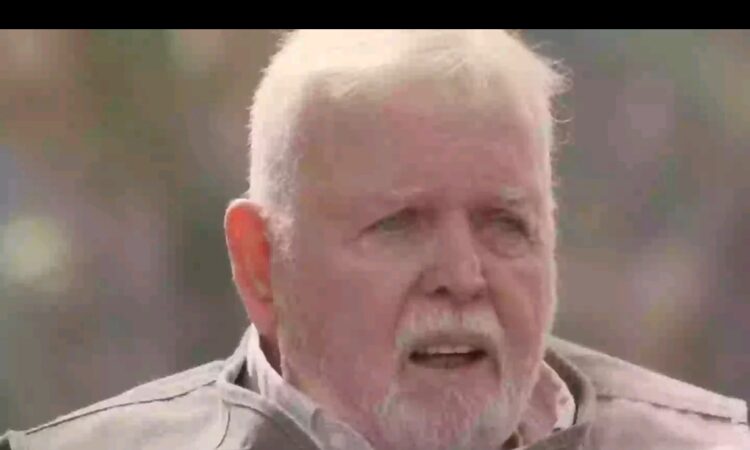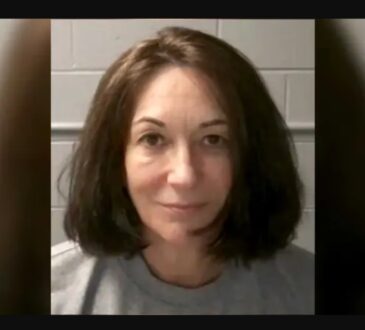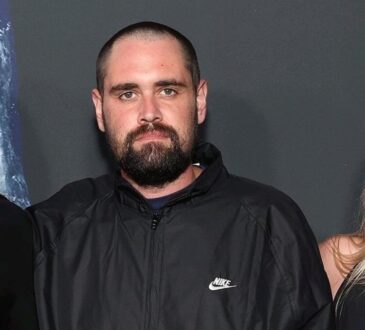Death row executioner will ‘never forget’ one death that went so wrong prison had to change execution method

Ron McAndrew used to be in charge of executions at Florida State Prison, but there’s one death that changed everything for him and made him deeply regret being part of it. Looking back, he admits he needed years of therapy to deal with what he saw and did.
McAndrew, who is now 88 years old, never set out to work in prisons. He first got a job at a Miami prison in 1979, and over time he worked his way up to become a warden. He used to look at his career with pride and even called it a “wonderful career” at one point. Eventually, he was moved to Florida State Prison, a place well known for housing death row inmates and where infamous serial killer Ted Bundy was executed.
Even though almost 30 years have passed since his last execution, McAndrew still remembers everything about those moments, right down to what the prisoners asked for as their final meals. He was directly involved in executing three death row inmates. At the time, he fully supported the death penalty and believed in the idea of “an eye for an eye.”
When he was first asked by Harry Singletary, the head of Florida’s prison system, if he would be okay carrying out executions, he didn’t even hesitate. He said yes right away.
Over the years, he witnessed several executions, including those of John Bush and John Mills Jr. But the death of Pedro Medina, a Cuban refugee, stayed with him in a way nothing else did.
Medina had been convicted of murdering his neighbor, a schoolteacher named Dorothy James. She was gagged, stabbed, and left to die. Even though McAndrew believed Medina was guilty, he still felt sympathy for him because of his rough upbringing. As a child, Medina was part of a gang of boys who had to beg and hustle to survive, asking tourists for money just to get something to eat.
The execution of Medina went horribly wrong. When Medina was strapped into the electric chair, something malfunctioned. McAndrew explained that they didn’t just electrocute Medina — they burned him alive. Flames shot out from Medina’s head and the smell was awful. There was nothing McAndrew could do but watch it happen. He later said it was one of the saddest days of his life.
After witnessing that, McAndrew realized he couldn’t keep doing this job. He was sent to Texas by the governor to learn about lethal injection, which Florida would eventually switch to instead of the electric chair. But even after learning about the new method, McAndrew knew in his heart he couldn’t be part of any execution ever again.
He called his boss and begged to be transferred out of the prison. He was moved to a different facility in Orlando, and his views on the death penalty completely changed. McAndrew realized that executing someone, especially after keeping them locked up in a tiny cell for decades, was nothing short of cruel. He started to see it as a “premeditated, ceremonial, political killing,” not justice.
He talked about how prisoners on death row live in tiny cells, often for 30 years or more, growing old and sick before they are finally taken downstairs to be killed. In his mind, the whole process was no longer about punishment or justice it was about politics and power.
Now, McAndrew believes life in prison without the chance of parole is the better option. It keeps dangerous people locked up, but leaves room for mistakes to be corrected if someone turns out to be innocent. It also lets prisoners work and contribute something, even while serving their sentences.
McAndrew needed 13 years of therapy to deal with the guilt and trauma he carried from working in executions. It helped him find some peace, but he openly says that if he could go back in time, he would refuse the offer he got back in 1996 to be part of the death penalty system.




